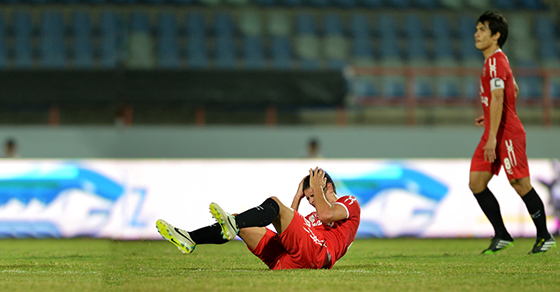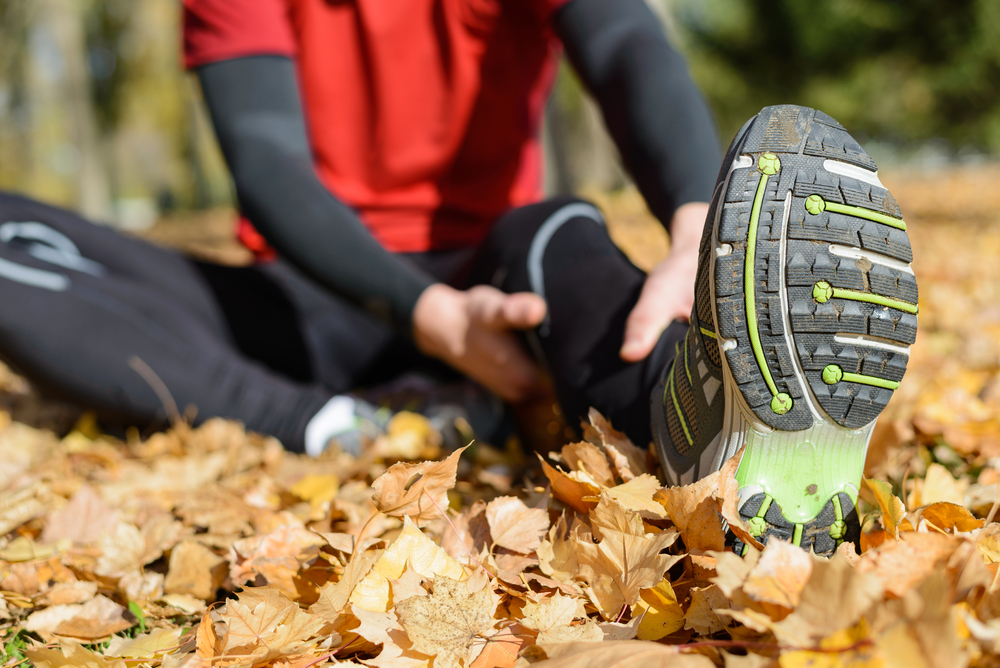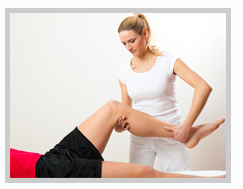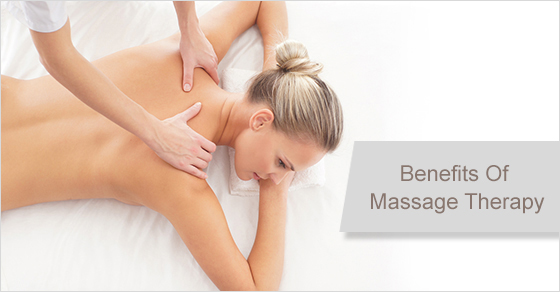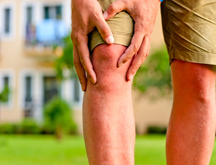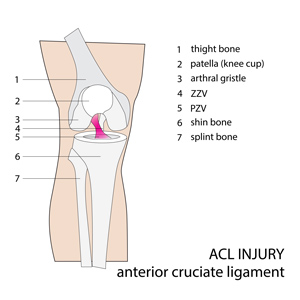Medical words
As a physiotherapist, I spent 4 years learning how to talk using medical words. And sometimes we forget that our clients do not understand these special medical words. In fact, we forget that we often sound like an adult from a Peanuts movie….. Waa Waa Waa.
So what do all these medical words mean?
First some basic anatomy: a joint is where two bones come together. That is a pretty simple one. But most joints are surrounded by a capsule. This is a leather-like sac that holds fluid that works to lubricate your joint – much like WD40 on a rusty hinge. This fluid is called synovial fluid. This capsule has reinforced and thickened areas called ligaments. The ligaments hold bones together. Finally, joints are controlled by muscles. We have big ones most people know – like the biceps and hamstrings. But there are hundreds of little muscles. These little muscles help us with precision and posture. In order to cause movement, muscles need to be connected to bones. The tissue that makes this connection is a tendon.
So what are the most common injuries? Some of the most common words heard are strain, sprain and tendonitis. A strain is a pull or tear of a muscle and a sprain is a pull or tear of a ligament. Sprains and strains can be graded one, two or three. Imagine that the ligament or tendon is like a rope. Grade one – you have pulled the rope tight, and made it sore. Grade two – you have pulled it hard enough to fray the rope. Grade three – you have pulled the rope in two. Tendonitis is when there is swelling and irritation in the tendon. This is usually due to overwork or poor positioning while doing an activity.
Remember that as physiotherapists, we are there to help you and it is very important to us that you understand what is happening to your body. Please ask any questions that you have, we will be happy to explain any medical words.

